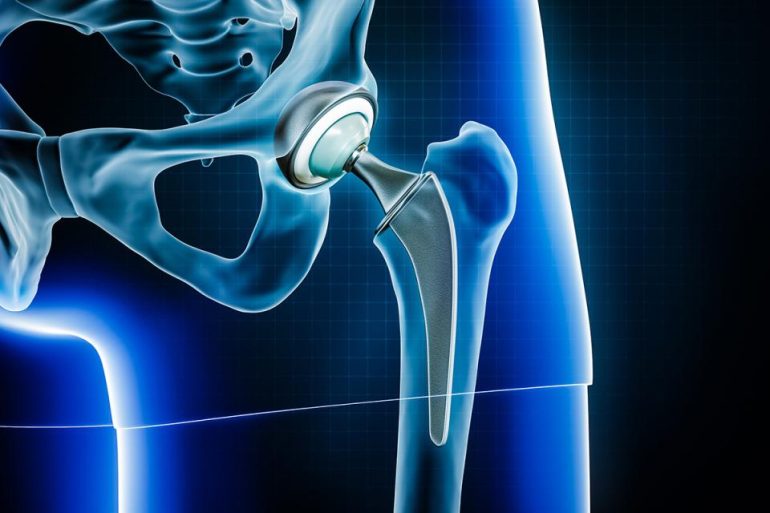- Machine Learning (ML) holds promise in predicting surgical outcomes, particularly in joint replacements.
- ML predictions are constrained by limited data sources, emphasizing the importance of data quality.
- Current models for hip and knee reconstructions heavily rely on patient-reported factors and imaging variables.
- Supervised ML techniques dominate medical sciences for outcome forecasting.
- While ML leverages vast datasets to identify complex relationships, caution is warranted due to data scarcity on specific subjects.
- Evaluation of ML models through real-world studies is advocated to enhance clinical application.
- Despite limitations, ML models are crucial for predicting outcomes and identifying prostheses outliers.
- Joint registries like the Australian Joint Registry play a pivotal role in minimizing risks associated with surgeries.
- ML holds potential for personalized pre-surgical predictions, empowering surgeons to make informed decisions.
Main AI News:
In the realm of medical science, the utilization of Machine Learning (ML) for prognosticating surgical outcomes, particularly in total joint replacements, is gaining momentum. However, caution is advised by researchers due to the restricted nature of data from which machine-generated predictions are currently derived.
Dr. Reza Hashemi, from Flinders University’s College of Science and Engineering, emphasizes that while ML demonstrates significant potential in handling vast datasets, it is not without its challenges. “The reliability of predictive models hinges on the quality and quantity of data sources,” he warns, highlighting the pivotal role data quality plays in accurate predictions.
Presently, predictive models for total hip and knee reconstructions heavily rely on patient-reported factors and imaging variables. This reliance underscores the necessity for careful interpretation of ML outputs in this domain.
In a collaborative effort involving Flinders University, the Australian Orthopaedic Association National Joint Replacement Registry (AOANJRR), Royal Adelaide Hospital, and UniSA, researchers embarked on a study to scrutinize the efficacy of supervised ML techniques in predicting post-operative outcomes of total hip and knee replacements. Dr. Khashayar Ghadirinejad, co-author of the research, underscores the prevalence of supervised learning in medical sciences, which aims to forecast outcomes ranging from categorized to time-to-event outputs based on new input data.
While conventional statistical methods rely on predetermined assumptions, ML techniques leverage vast datasets to identify intricate relationships between variables. However, the researchers caution that the scarcity of data on specific subjects necessitates prudence when applying ML in clinical settings.
Dr. Ghadirinejad advocates for the evaluation of ML models through randomized cohort studies and controlled trials in real-world scenarios to bridge the gap between research and clinical application. Despite the current limitations, the researchers acknowledge the necessity for ML models capable of predicting various outcomes, such as early identification of prostheses outliers.
Joint registries, like the Australian Joint Registry, play a pivotal role in minimizing the risks associated with arthroplasty surgeries by providing population-based data on prosthetic outcomes. Leveraging big data from such registries holds promise in enhancing predictive models.
Looking ahead, the authors envision a future where ML facilitates personalized pre-surgical predictions, empowering surgeons to make informed decisions tailored to individual patient needs in joint arthroplasty procedures.
Conclusion:
The study underscores the potential of Machine Learning in predicting surgical outcomes while highlighting the importance of data quality and the need for cautious interpretation. For the market, this suggests a growing demand for sophisticated ML models tailored to healthcare applications, particularly in surgical decision-making processes, and emphasizes the significance of reliable data sources and rigorous evaluation methodologies.

